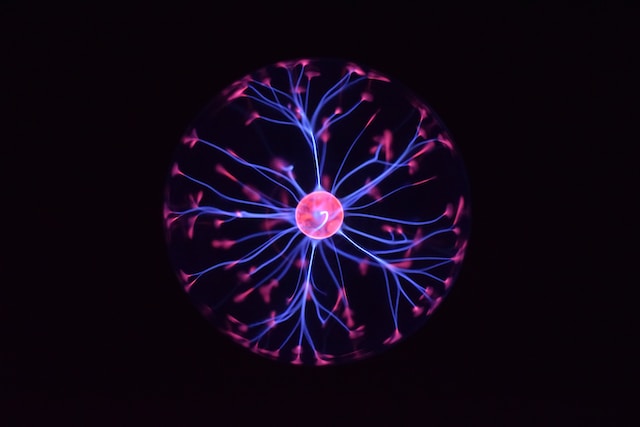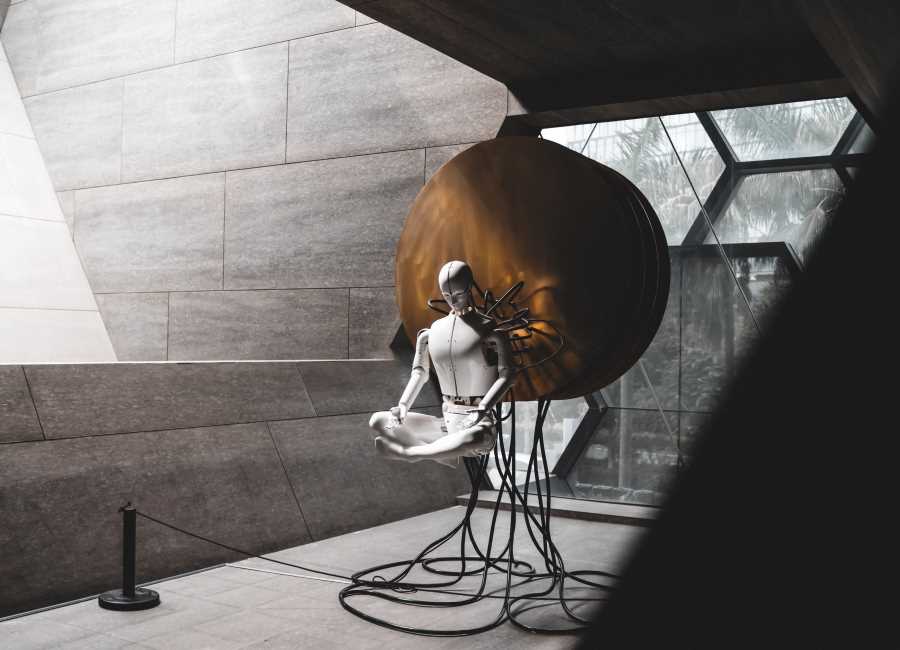The aim of cryogenic storage is to offer a resurrection in the future. But even after resurrection the body will age further and death is likely. Instead the option of being resurrected into a digital realm, where one could live, interact with friends and family and not worry about ageing or death is being considered.

Named after Freeman Dyson, a Dyson Sphere is the ultimate energy harness that a civilization can build around it’s Sun. Solar energy is reliable and freely available to everyone. However, the energy that we receive on one of its planets is a small fraction of what the Sun is emitting every day. Dyson hypothesized that a smart civilization would be able to devise an energy harness that can capture all its Sun’s emitted energy and not let it go to waste. He published this thought experiment in the June issue of Science Magazine in the year 1960.
So, why not build it now?
Before Dyson, the concept of a Dyson sphere appeared in a science fiction novel called Star Maker in 1937. Dyson elaborated on this concept in the 1960s in his paper and there are obvious reasons why no space agency has begun work on such a device, yet.
We haven’t found a material that can stand the heat of the Sun at close quarters, as required in the concept. Second, a structure that big would be pulled in by the gravity of The Sun and collapse on it. Thus, the sphere would be made up of small satellite-like devices that would float around the Sun and harness its energy.
How does it help cryonics?
The amount of energy a Dyson Sphere would capture would be tremendous. We would not have the means to store most of it and would want to use it instead. A super-intelligent artificial intelligence might be able to use this power to build up a simulation where dead people could live again. The AI would use publicly available data to build this simulation.
This data could come from databases or from access to social media profiles. But what better source of information than one’s own memories. The AI could be given access to cryogenic storages to extract memories and place them in the simulation. One could live and frolic in the simulation without the worry of ageing or the simulation ending.
One might argue that living in a simulation might not be the same as a post cryonics resurrection. There are multiple responses to this argument.
One that the simulation could be a stop-gap arrangement till cryonics technology can catch up. Once it does, one could simply move out of the simulation into real life or continue in both worlds, if one desires. It would be like Second Life, being played out a few decades or centuries down the line.
The second response is a little complex and philosophical. It depends on how well we understand our current life. A theory suggests that there is a 50% chance that we are living in a simulation right now. So, if the Dyson sphere is indeed used in the future and allows us to live in another simulation, after this one, we would take it, right? Sympathies with what Cypher said about steak in the Matrix. “I know this steak doesn’t exist. I know that when I put it in my mouth, the Matrix is telling my brain that it is juicy and delicious.”
How long will it last though?
Currently, we are only harnessing a small fraction of our Sun’s energy. Scientists believe that somewhere in the future, the Sun will go supernova and die out. With or without a Dyson Sphere, that is likely to be the end of our timeline, unless we manage to find another Sun and Earth-like planet to move our civilization there. Considering travel times to other solar systems, cryonics technology will be key in making this transfer.













